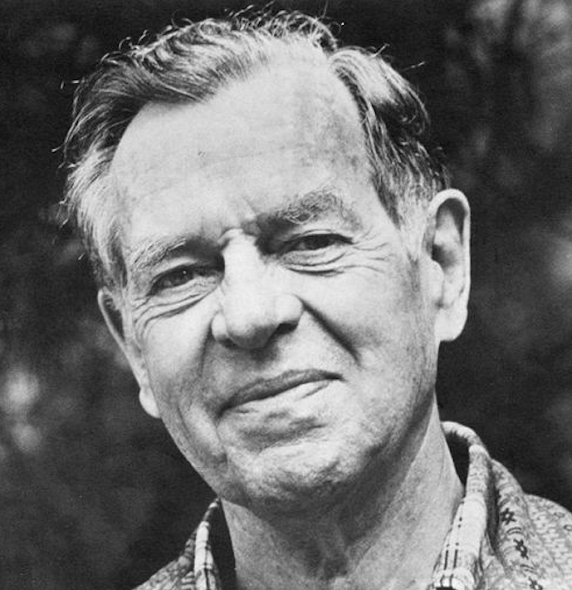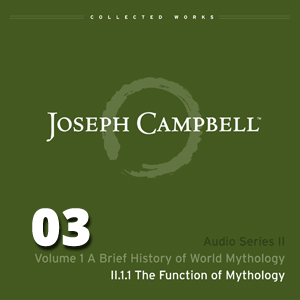
The Impact of Space-Age Imagery
In this lecture, Joseph Cambell discusses the significance that modern space-age imagery has with respect to mythology today. Mythologies that function and are vital, he says, are always up to date scientifically.
“They represent an integration of the experience of the environment with the experiencing subject: the psyche of the local individuals; but when the science has moved away from the cosmology of the mythology, the mythology is dead.”
Our traditional mythologies are utterly dead for most of us, he argues, as demonstrated by the confusion and decline of traditional religions.
Size: 4 MB
Version: v11.1.3
